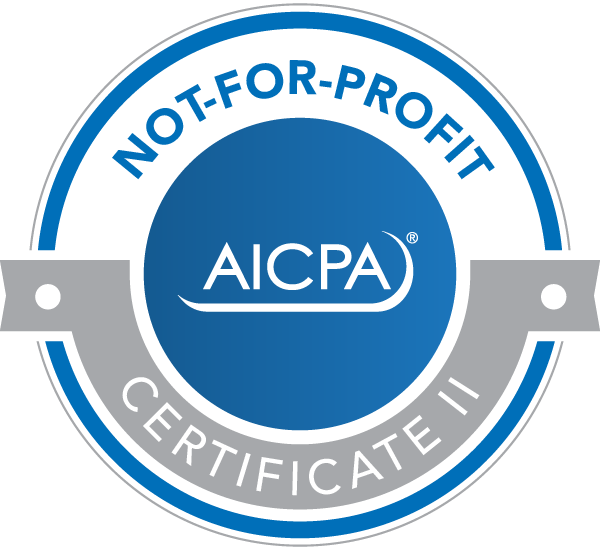For investors, fall is a good time to review year-to-date gains and losses.
Not only can it help you assess your financial health, but it also can help you determine whether to buy or sell investments before year end to save taxes. This year, you also need to keep in mind the impact of the Tax Cuts and Jobs Act (TCJA). While the TCJA didn’t change long-term capital gains rates, it did change the tax brackets for long-term capital gains and qualified dividends.

For 2018 through 2025, these brackets are no longer linked to the ordinary-income tax brackets for individuals. So, for example, you could be subject to the top long-term capital gains rate even if you aren’t subject to the top ordinary-income tax rate.
Old Rules
For the last several years, individual taxpayers faced three federal income tax rates on long-term capital gains and qualified dividends: 0%, 15% and 20%. The rate brackets were tied to the ordinary-income rate brackets.
Specifically, if the long-term capital gains and/or dividends fell within the 10% or 15% ordinary-income brackets, no federal income tax was owed. If they fell within the 25%, 28%, 33% or 35% ordinary-income brackets, they were taxed at 15%. And, if they fell within the maximum 39.6% ordinary-income bracket, they were taxed at the maximum 20% rate.
In addition, higher-income individuals with long-term capital gains and dividends were also hit with the 3.8% net investment income tax (NIIT). It kicked in when modified adjusted gross income exceeded $200,000 for singles and heads of households and $250,000 for married couples filing jointly. So, many people actually paid 18.8% (15% + 3.8%) or 23.8% (20% + 3.8%) on their long-term capital gains and qualified dividends.
New Rules
The TCJA retains the 0%, 15% and 20% rates on long-term capital gains and qualified dividends for individual taxpayers. However, for 2018 through 2025, these rates have their own brackets. Here are the 2018 brackets:
Singles:
- 0%: $0 – $38,600
- 15%: $38,601 – $425,800
- 20%: $425,801 and up
Heads of households:
- 0%: $0 – $51,700
- 15%: $51,701 – $452,400
- 20%: $452,401 and up
Married couples filing jointly:
- 0%: $0 – $77,200
- 15%: $77,201 – $479,000
- 20%: $479,001 and up
For 2018, the top ordinary-income rate of 37%, which also applies to short-term capital gains and nonqualified dividends, doesn’t go into effect until income exceeds $500,000 for singles and heads of households or $600,000 for joint filers. (Both the long-term capital gains brackets and the ordinary-income brackets will be indexed for inflation for 2019 through 2025.) The new tax law also retains the 3.8% NIIT and its $200,000 and $250,000 thresholds.
More thresholds, more complexity
With more tax rate thresholds to keep in mind, year-end tax planning for investments is especially complicated in 2018. If you have questions, please contact us.
- Evaluate whether a Health Savings Account is beneficial to you - September 19, 2023
- Investment swings: What’s the tax impact? - September 12, 2023
- Plan now for year-end gifts with the gift tax annual exclusion - September 5, 2023
- Selling your home for a big profit? Here are the tax rules - August 29, 2023
- The tax consequences of employer-provided life insurance - August 22, 2023









